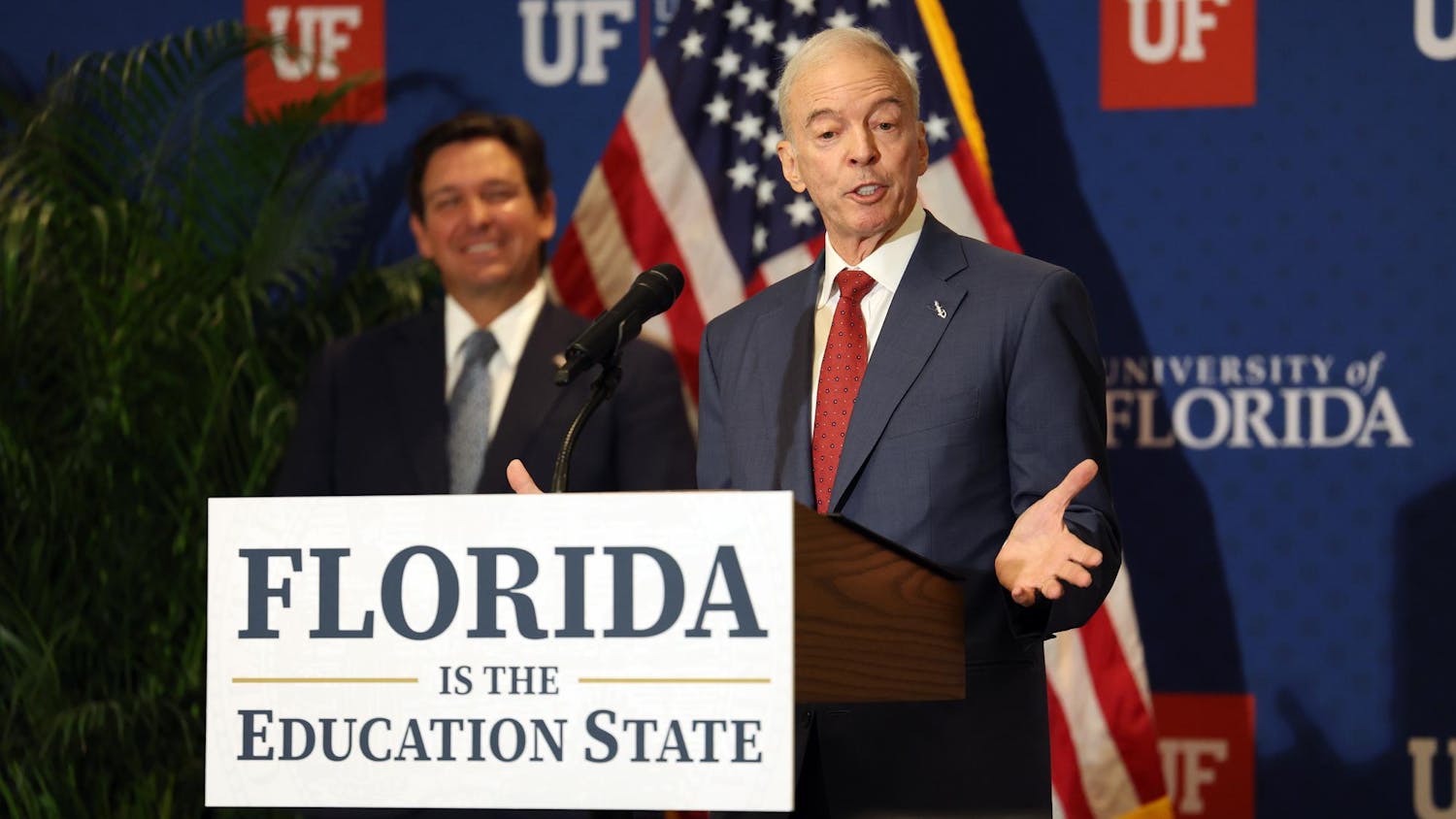After becoming the first public university in Florida to crack the top 10 of U.S. News & World Report’s annual top public schools, UF is looking to take the next step and break into the top 5.
To do this, Director of Communications Margot Winick said UF wants to improve its student-to-faculty ratio, one of the factors considered when the rankings are released in September.
The Florida Board of Governors announced June 21 that it has increased the amount of performance funding UF will receive in 2018-19 to about $110.6 million.
UF plans to spend the money to hire more faculty members, Winick said.
UF tied with University of California, San Diego and University of California, Irvine for ninth place in the latest rankings, becoming the first of the state’s 12 universities to make top 10, Winick said.
“When we get recognized in a national publication like U.S. News & World Report,” she said. “The stature of the university grows, and I think this visibility helps us attract the best and brightest, whether it’s faculty, researchers, students — even international students.”
The FBG uses a scoring system to award performance funds, Winick said.
The universities are measured on 10 metrics, and they can earn up to 10 points in each category. The points are added to get each university’s total score, which corresponds to the amount of money it will receive.
Brittany Wise, the board’s communications director, said universities submit their own results, but there are multiple auditing processes to ensure the information’s accuracy and integrity.
UF was ranked first among 12 Florida institutions with 93 points. $110.6 million is the most UF has been awarded in recent years, Winick said. It received about $104 million for 2017-18.
UF scored a perfect 10 in seven categories, including four-year graduation rate for first-time students. She said this score reflects UF’s commitment to its Machen Florida Opportunity Scholars Program, which provides financial aid to first-generation students from low-income families.
UF’s lowest score was a six in university-access rate, which measures the percentage of undergraduate students who receive a Pell Grant to pay for school.
Only 27.7 percent of UF’s undergraduates received a Pell Grant, the lowest percentage in the state, according to the board’s website. That’s a 2 percent decrease from the 2016-17 academic year.
Wise said performance funding debuted in 2014. Previously, funds were dispersed according to each university’s enrollment.
The board has made several tweaks to the model since its inception, she said. For example, the board switched from six-year graduation rates to four-year graduation rates in 2017-18.
“We have a continued push toward encouraging students to graduate within four years,” Wise said. “It is so much more affordable for students and for taxpayers.”
While Winick is pleased that UF is the highest-scoring university in the state, she said faculty members must maintain the same level of energy and enthusiasm and continually seek improvement.
“We’re grateful for the state’s investment in improving what we offer here at the University of Florida,” she said. “It all benefits our state and our nation.”





